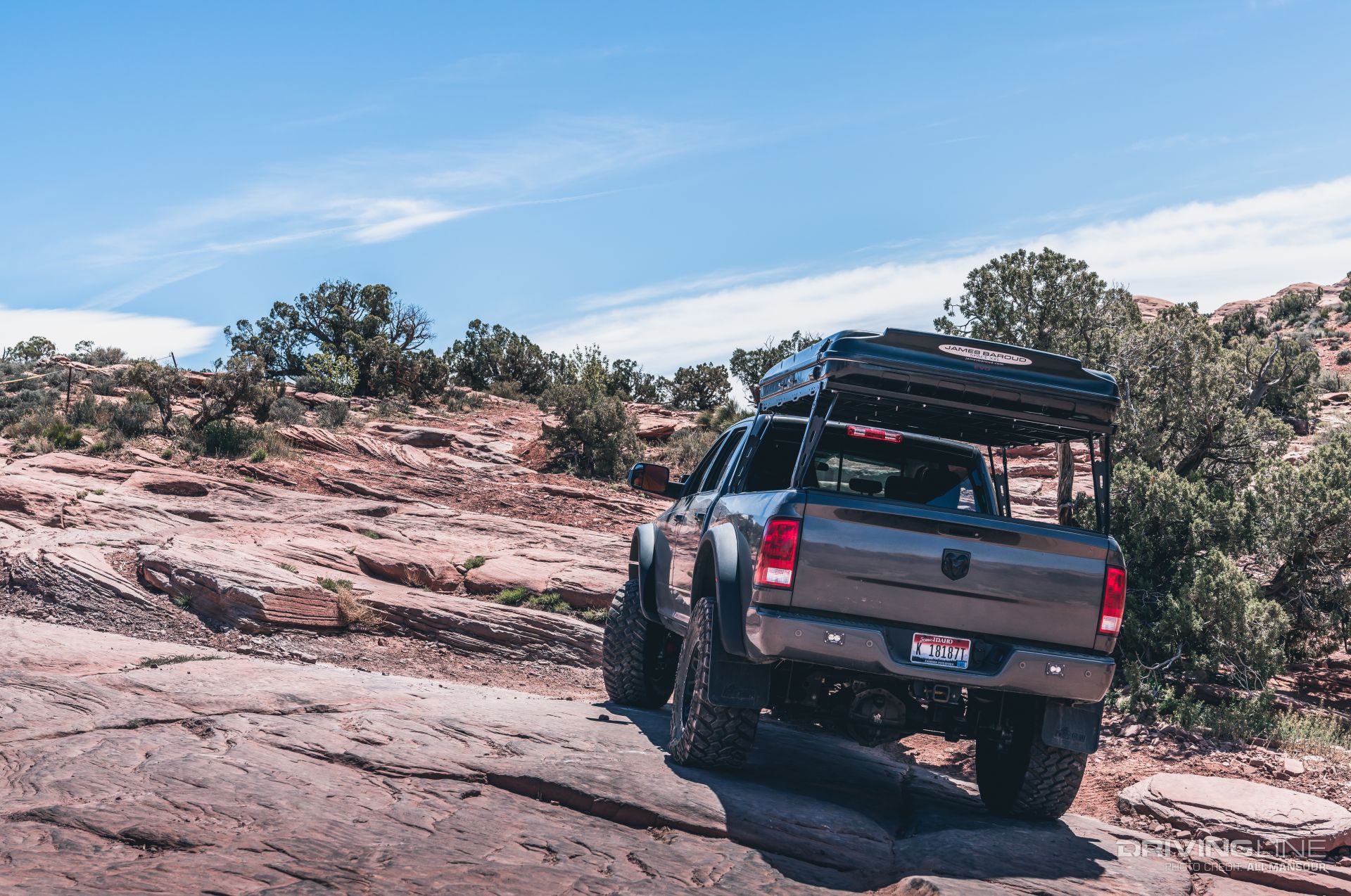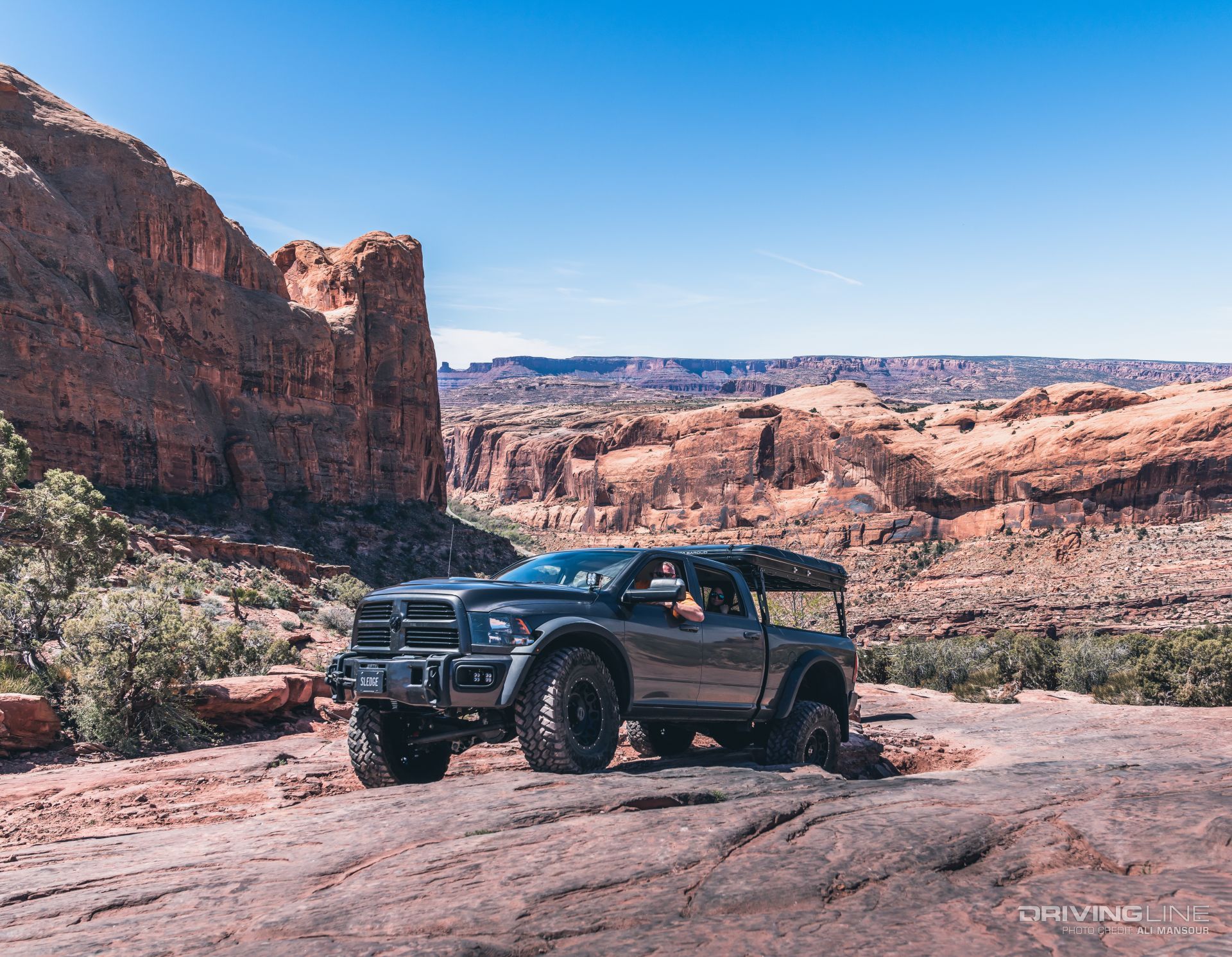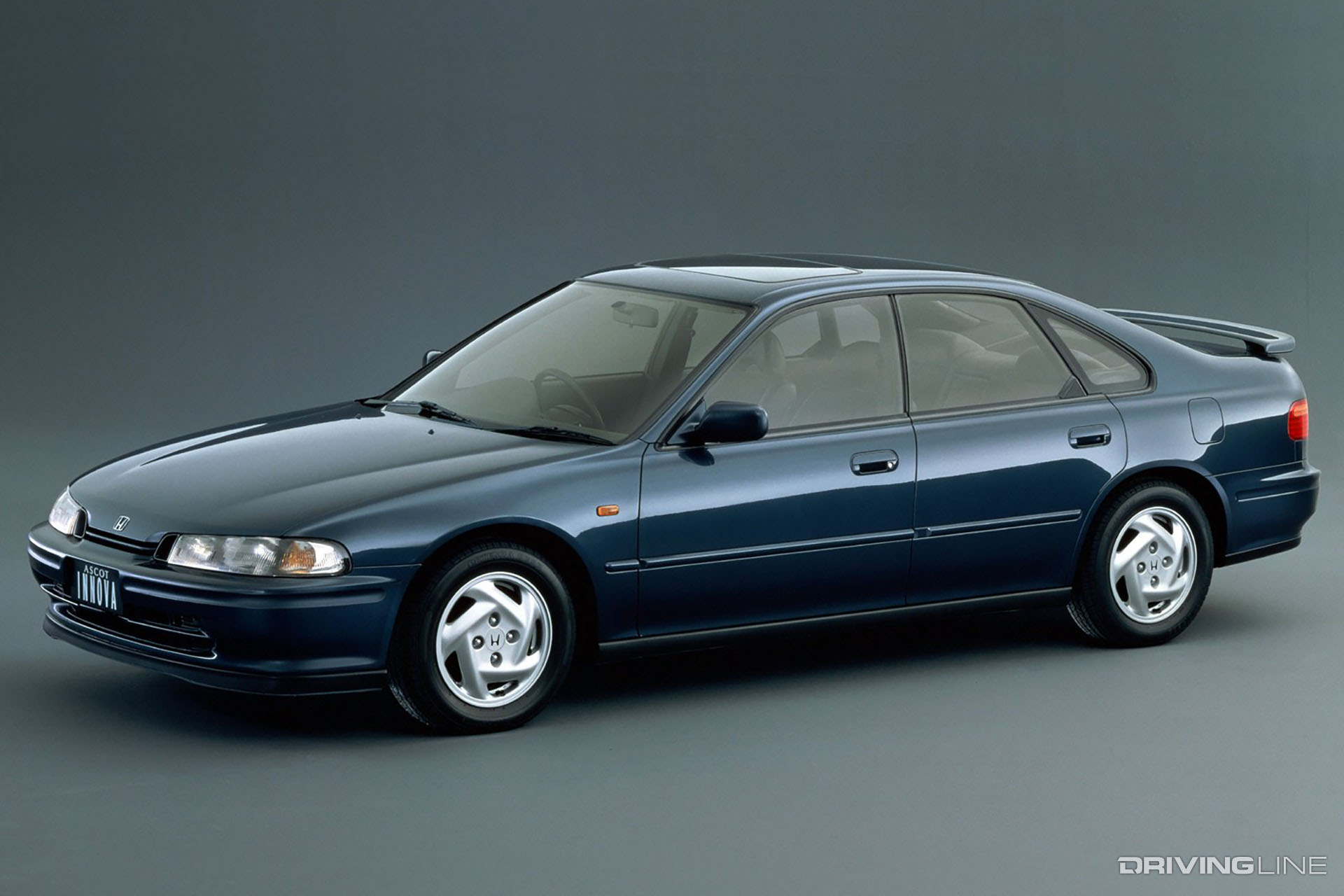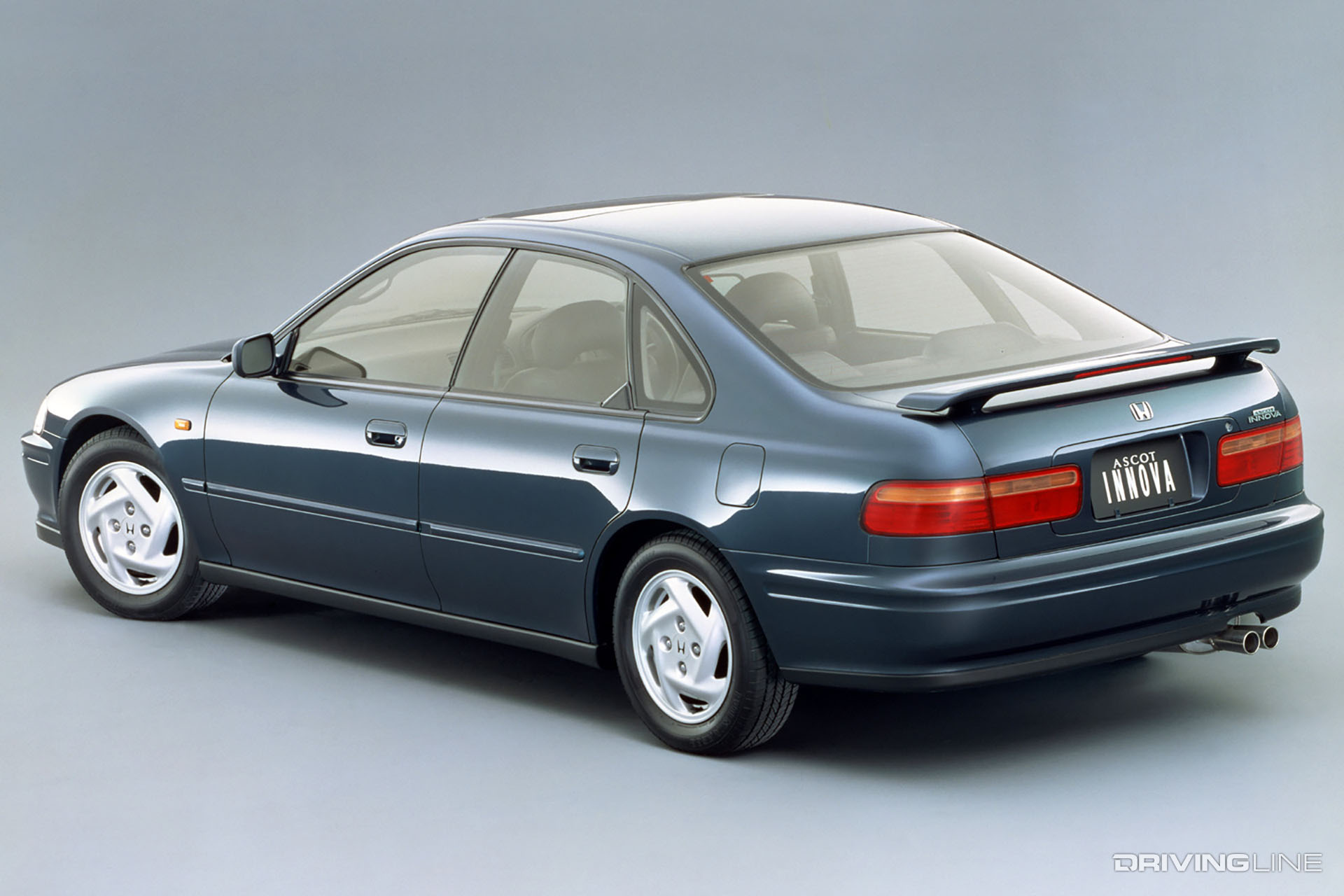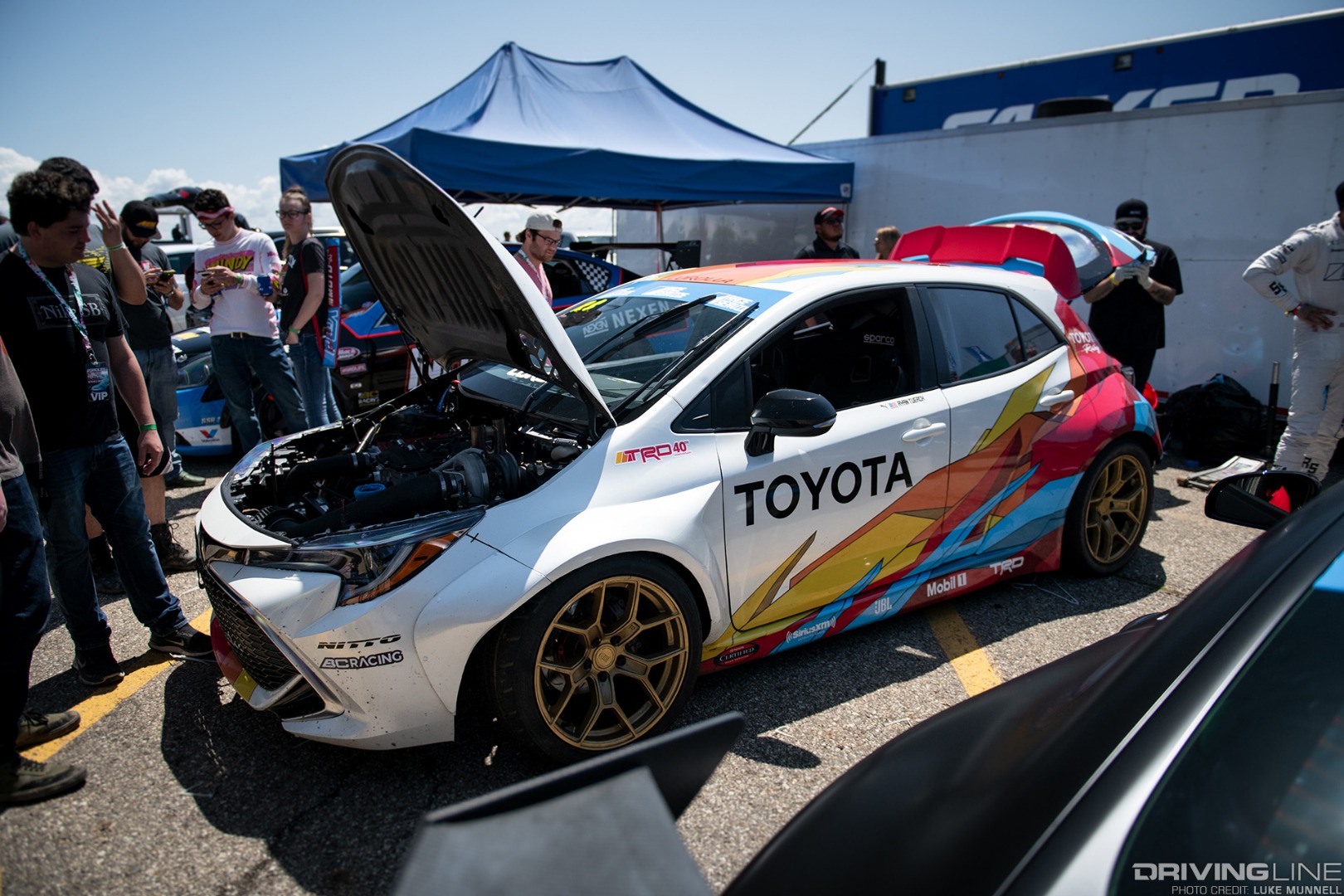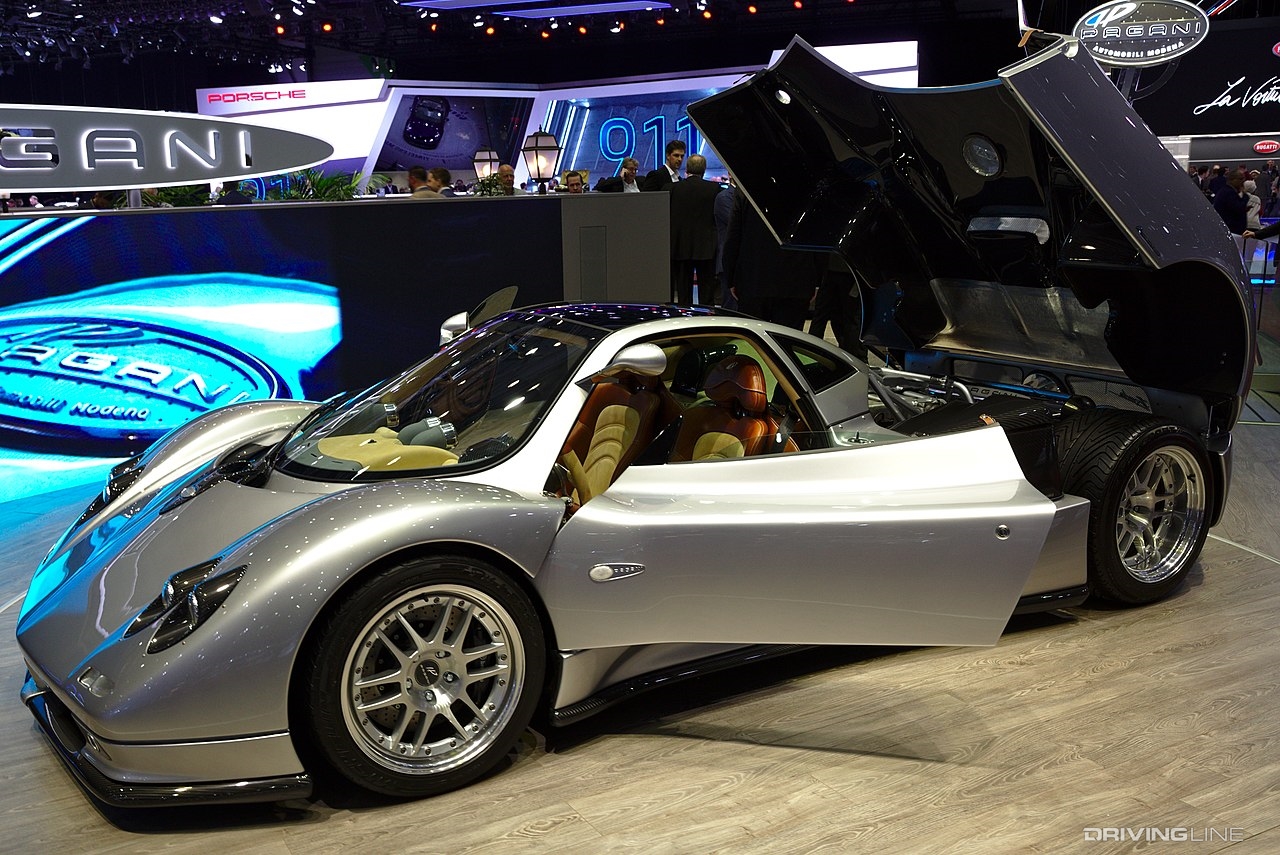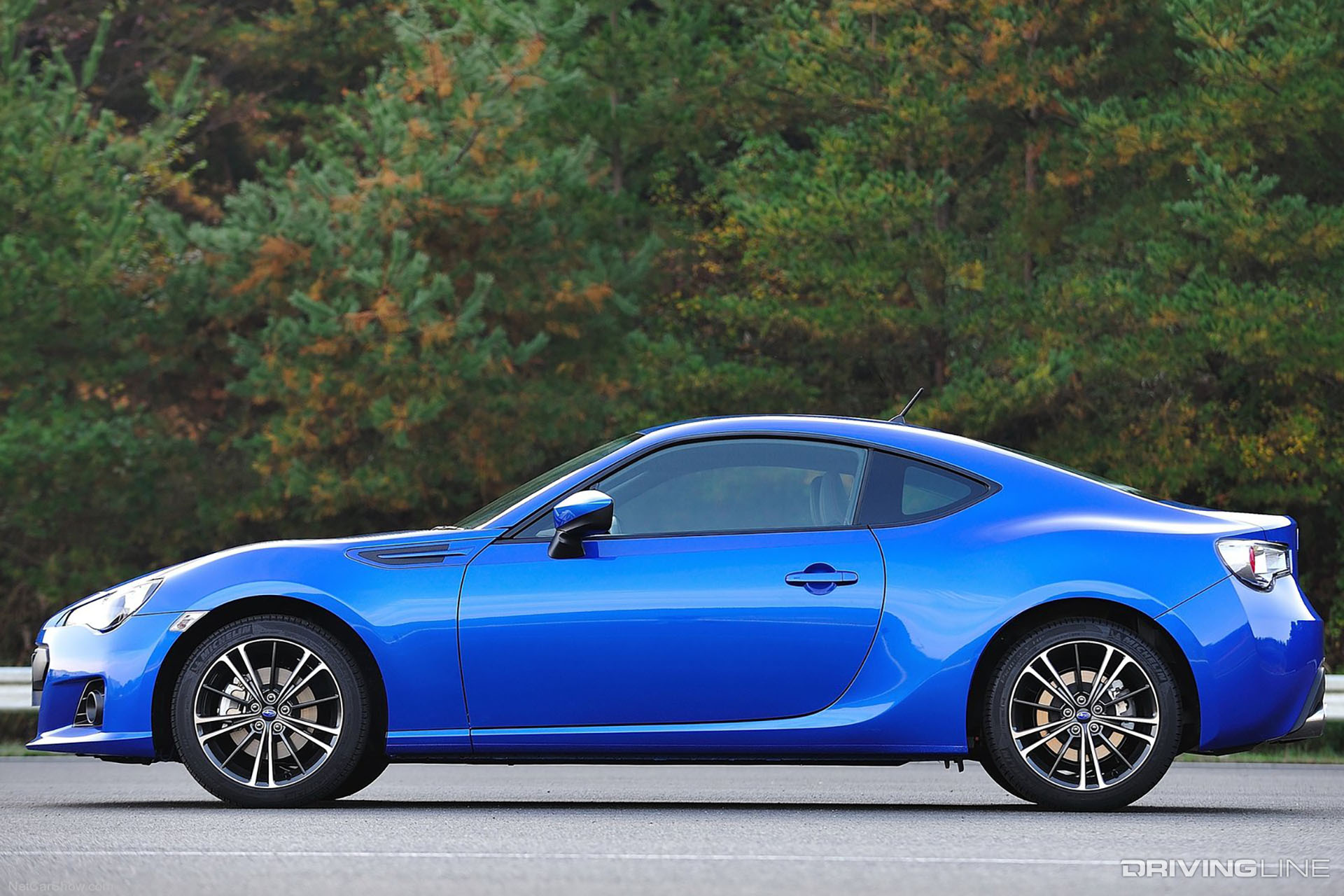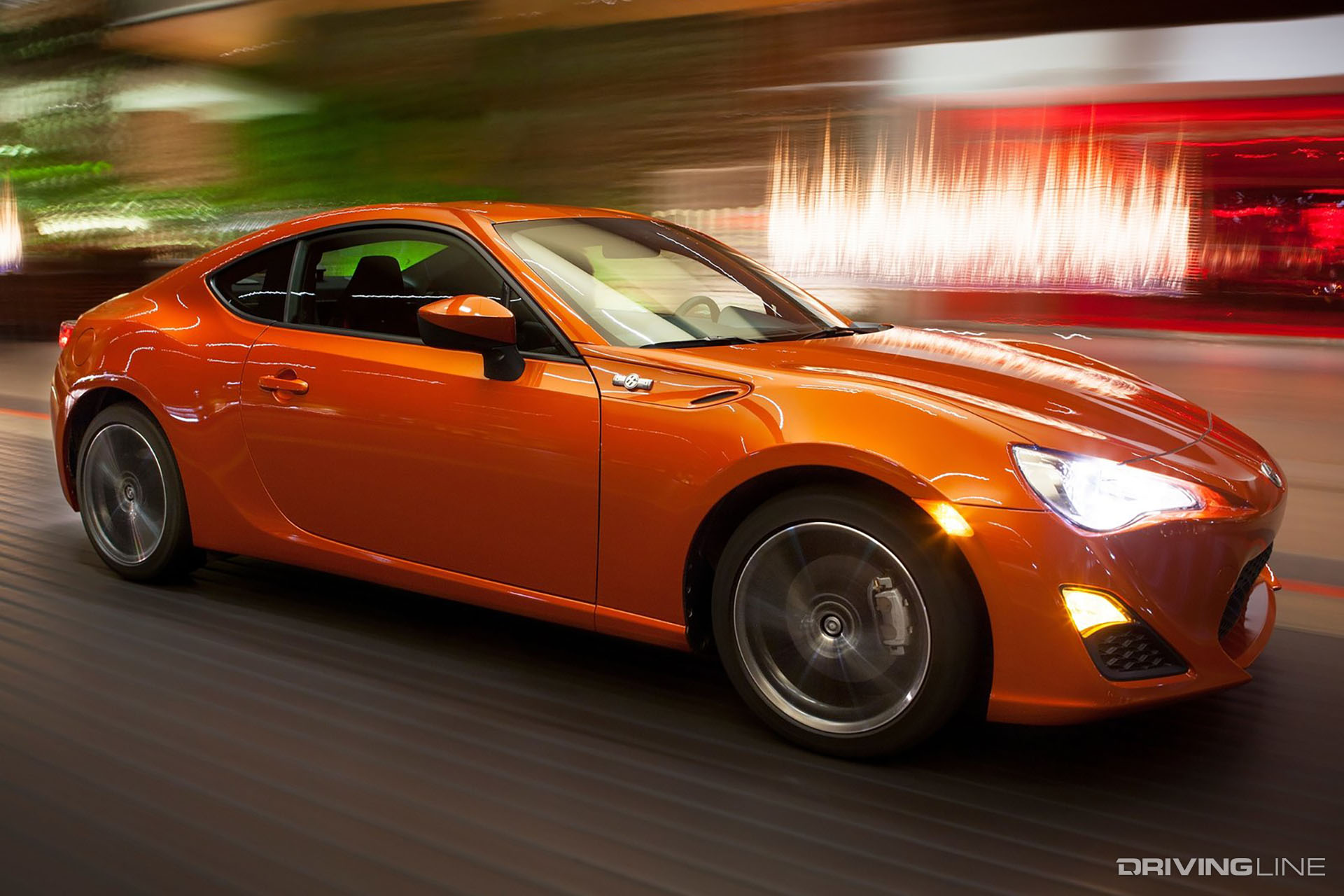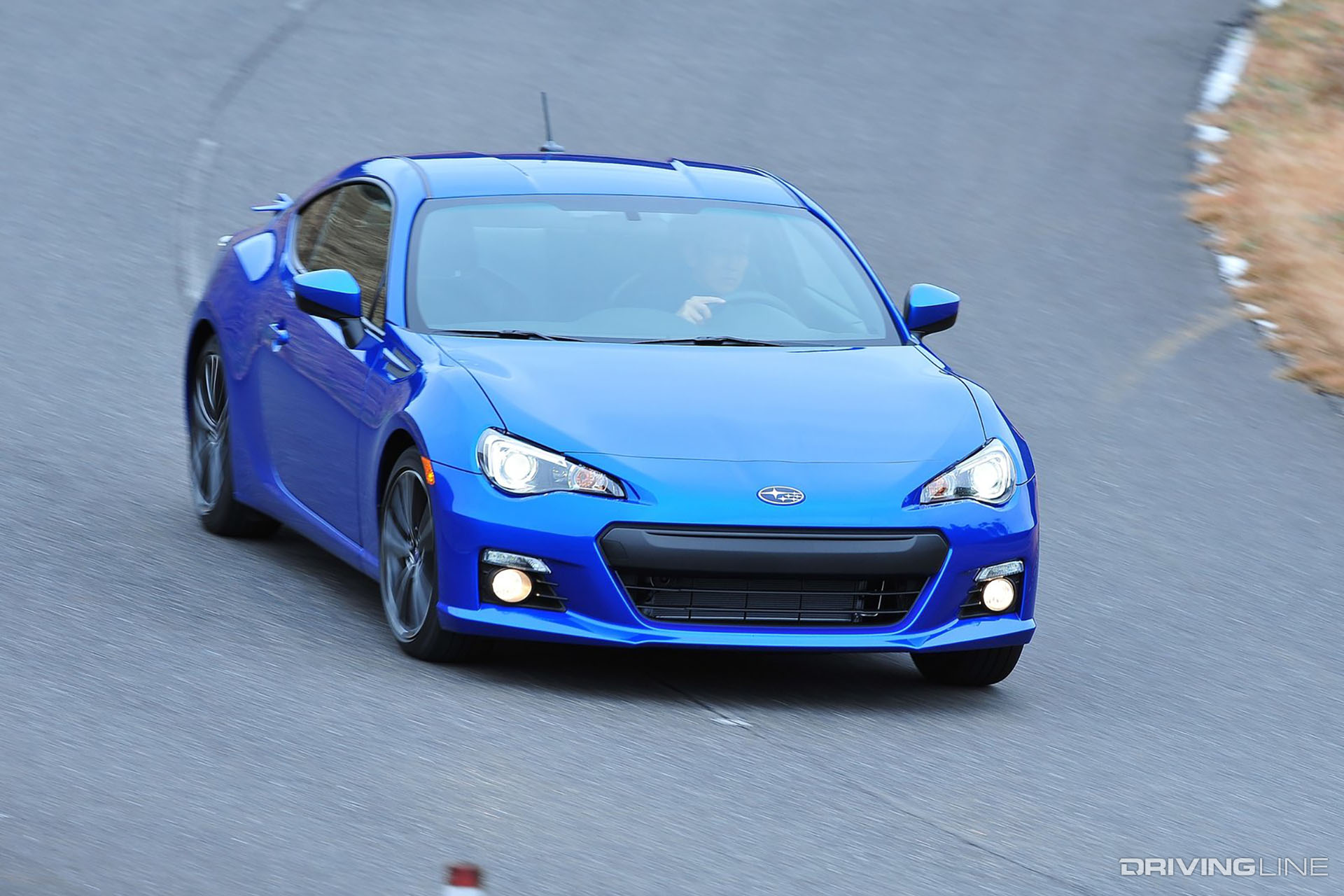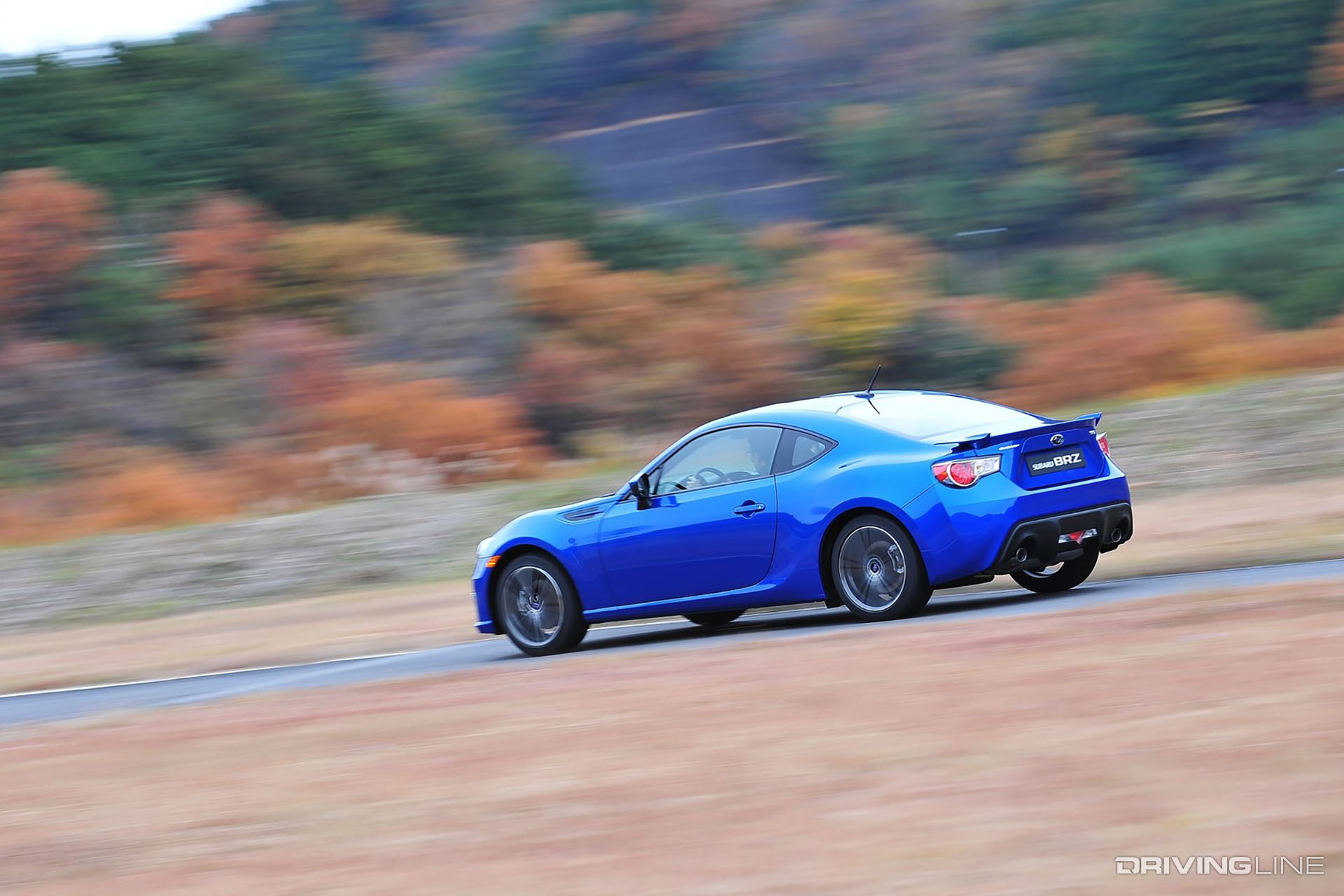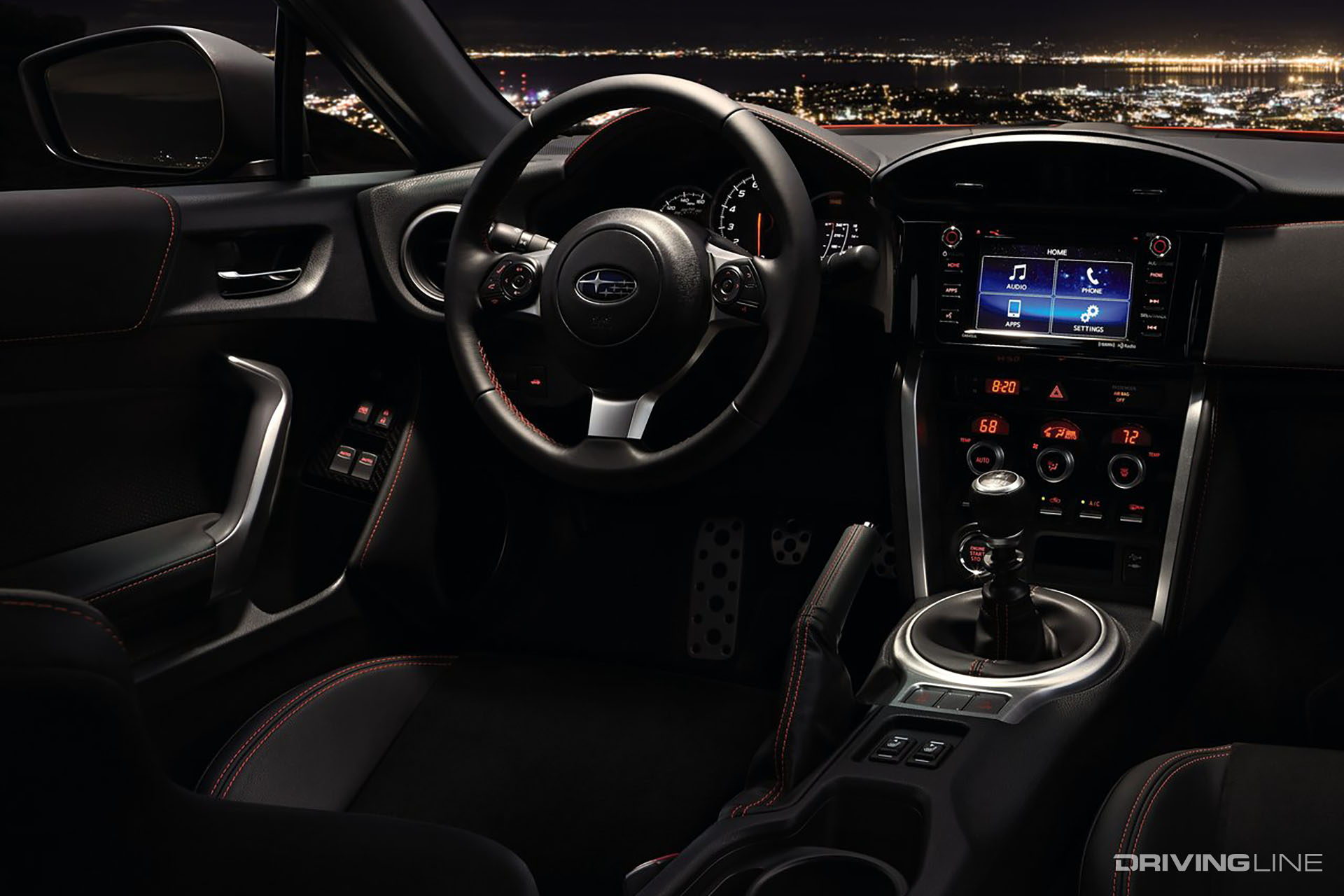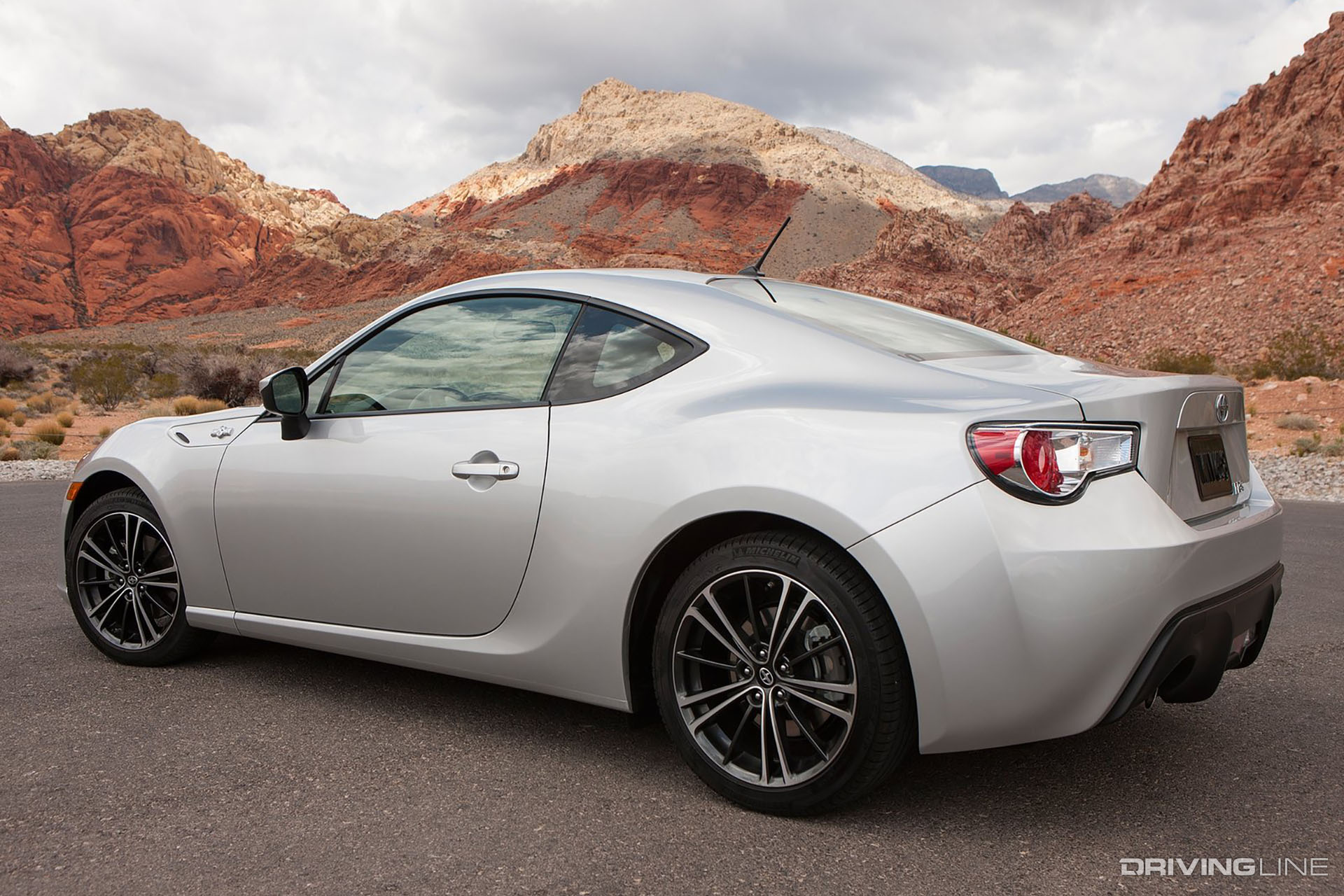In the early part of this decade, rumors and speculation about a new rear-wheel drive sports car being co-developed by Toyota and Subaru had reached a fever pitch. Needless to say, enthusiasts were ecstatic about the idea of a new affordable sports car option on the market, and the idea of a car being built for driving enjoyment over fast lap times stood out in a market full of ever more powerful vehicles.
![2013 Scion FR-S Red]()
Finally in the summer of 2012, the Scion FR-S and Subaru BRZ went on sale in the U.S., and now that the cars have been available for nearly seven years, they've become an enticing option on the secondhand market.
![2013 Subaru BRZ Blue]()
While other performance cars have received substantial upgrades and power bumps over the course of their lifespans that make the newer models a lot more desirable than earlier examples, there haven't been any major changes to these cars over the years. That means a secondhand example can potentially be a great choice for someone on a budget. There have, however, been a number of different versions of the cars sold in the states, along with minor mechanical changes that are certainly worth being aware of if you're in the market for a used example.
That's why we decided to put together a quick buyer's guide to break down some of the differences and changes in the FR-S, 86 and BRZ over the years.
2013-2016 Scion FR-S
While Toyota's version of the car was badged as "86" or "GT86" in other markets, here in the U.S. the car arrived as part of the now defunct Scion brand where it was sold as the FR-S. Scion operated a bit differently than other car makers, with "haggle-free" dealerships and not a lot of trim options.
![2013 Scion FR-S Silver]()
Initially, there was just one variant of the FR-S available, packing a 2.0L naturally aspirated four-cylinder boxer engine that made 200hp and 151 lb-ft of torque. The only major "option" was a six-speed automatic transmission to replace the standard six-speed manual. The base price was $25,600.
![2013 Scion FR-S Interior]()
A bit later in the model year, a limited run "10-Series" FR-S was introduced to commemorate the 10th anniversary of the Scion brand. Along with a unique exterior color, it also featured upmarket options that weren't available on the standard FR-S, including HID headlights, keyless start and automatic climate control. A 10-Series FR-S was priced about $2,000 higher than the standard car and would be the first of several special edition FR-S and 86 models sold in the following years.
![2013 Scion FR-S Orange]()
If you are simply looking for a base platform to build on, a search around the classifieds shows the price range for an early FR-S with typical mileage and no major defects to be somewhere between $13,000 and $16,000.
If you are looking to daily drive the car, it might be worth trying to find one of the special edition models to take advantage of the additional creature comforts, but mechanically you'll be getting the same car either way.
![2013 Scion FR-S Orange]()
Perhaps the biggest drawback of buying a used FR-S at this point might be having to drive a car from a brand that no longer exists. Then again, if you want your outdated Scion to become a Toyota, that's nothing a bit of badge-swapping can't take care of, and many FR-S owners were already doing that as soon as their cars rolled off the showroom floor.
2013-2016 Subaru BRZ
Hitting American shores right around the same time the FR-S arrived was the 2013 Subaru BRZ. Mechanically, the FR-S and BRZ were nearly identical with the same engine and transmissions and the same overall layout and body structure. The BRZ, however, had a slightly different suspension setting that was aimed a bit more toward neutral handling rather than the tail-happy nature of the FR-S.
![2013 Subaru BRZ Blue Track]()
A base model BRZ was priced a tad higher than a base model FR-S, but the extra money got you standard HID headlamps and a navigation system that will likely feel outdated compared to today's tech.
![2013 Subaru BRZ Engine Bay]()
Unlike the FR-S, the BRZ was also offered in two distinct trims: the Premium and Limited models. While the extra money for the BRZ limited didn't get you any mechanical upgrades, it did include upgraded upholstery, automatic climate control, push button start and other minor add-ons.
![2013 Subaru BRZ Interior]()
As far as used car pricing goes, early BRZs tend to fall pretty close in line with their Scion counterparts, with perhaps a slight bump for the Subaru name. Clean title, unmodified examples of early BRZs with an average amount of miles seem to be priced between $14,000 and $17,000.
![2013 Subaru BRZ Track]()
Some buyers will prefer the styling and branding of the Subaru, while others will favor the Scion, but unless you have specific preference, the differences between the cars are minute enough to just choose the best available example of either model.
2017-2019 Toyota 86
With the Scion brand phased out prior to the 2017 model year, the FR-S became known as the Toyota 86 in North America, and the car also received a refresh. Along with the new branding, the 2017 Toyota 86 got a new front bumper and headlight design, new taillights, new wheels and a revised interior with a new steering wheel design.
![2017 Toyota 86 Blue]()
There were some minor mechanical upgrades, as well, including a bump in horsepower and torque to 205hp and 156 lb-ft for cars equipped with the manual transmission. Stick shift cars also got a shorter final drive ratio and the suspension settings were slightly tweaked as well.
![2017 Toyota 86 Interior]()
As with the FR-S, there continued to be limited edition models including the 2017 "860 Special Edition" that featured unique exterior styling and the 2019 TRD Special Edition. For 2018, an "86 GT" model was added to the lineup with improved creature comforts over the standard car but with the same mechanical specs.
![2017 Toyota 86 Engine]()
Naturally, being newer and slightly improved when compared to the FR-S, the Toyota 86 carries a higher price on the secondhand market. A look around the classifieds shows 2017+ Toyota 86s to bottom out at about $20,000 and go up from there depending on the mileage or whether it's one of the more desirable special edition models.
![2017 Toyota 86 Special Edition]()
2017-2019 Subaru BRZ
As with its Toyota counterpart, the Subaru BRZ also received a refresh for the 2017 model year that included the same small horsepower and torque bump for manual transmission models, shorter rear end gear for improved acceleration and revised suspension tuning.
![2017 Subaru BRZ Performance Package]()
The 2017 BRZ also received updated styling, which included a redesigned front bumper with LED headlights, a new wheel design and an upgraded interior with a new steering wheel and a new LCD display on the instrument cluster.
![2017 Subaru BRZ Interior]()
Perhaps the biggest change to the refreshed BRZ was the availability of a new Performance Package that didn't add any horsepower but did add Brembo brakes up front, a set of SACHS dampers for improved handling and a unique wheel design. It's only available on the upmarket Limited models, but cars equipped with it will naturally be more desirable on the used market.
In addition to the optional Performance Package, there was also the ultra-limited, handling-focused 2018 BRZ tS, which featured stiffer springs, larger wheels, additional chassis stiffening and more aggressive aero with a large carbon fiber rear wing. Unfortunately, the engine was the same as the standard car. Just 500 examples were built, and its price was a hefty $33,495.
![2018 Subaru BRZ tS]()
2017+ BRZs haven't sold in large numbers, and the few that are available on the used market seem to bottom out in the low $20k's with Performance Package-equipped cars being even harder to find and naturally priced higher.
Automatic vs. Manual
Whether you are in the market for a used example or even considering a new one, the biggest choice an FR-S/86 or BRZ buyer will make will likely be the transmission. When it comes to this, the best advice we can give is "go for the stick." While there's nothing inherently wrong with the six-speed autobox and paddle shifters in these cars, an automatic just doesn't seem to jive with the ethos of this platform.
![Subaru BRZ Automatic Transmisison]()
While there are plenty of performance cars these days that come with fantastic automatics that are well-suited to their mission, in a small sports car that puts driver connectivity and fun over outright performance, a stick is the right choice. Not only that, but the power bump that came with the refreshed versions in 2017 didn't apply to automatic-equipped cars.
New vs. Used
One thing to consider with any late model used car is to make sure you compare the pricing of a pre-owned car versus a brand new. Especially if you are looking to buy a 2017+ model, it might be worth checking out new dealer inventory because depending on the exact incentives offered or how much a dealer is willing to deal, you may be able to find a discounted brand new car for nearly the same price as a one that's one or two years old.
![2019 Toyota 86 TRD Edition]()
Buyer Beware
While there are people who will advise against buying any car that's been modified, it's best to take things on a case by case basis. If you find a car that's been appreciated and tastefully upgraded by a caring enthusiast a purchase can make a lot sense, but always do your homework.
![2017 Subaru BRZ White]()
As with any used performance vehicle or sports car, you'll want to keep an eye out for crappy mods and signs of abuse. The fact that both the FR-S/86 and the BRZ were seen by many as drift machines means many examples have been beaten on and put away wet.
![2013 Scion FR-S Silver]()
Even when new, the FR-S, 86 and BRZ offered some of the most fun you can have in a car for the money, and now that the cars have started to age, they can make great used cars as well. Whether you are looking to leave it stock and enjoy it, lightly modify it or build something serious, there is no denying the potential of this modern, lightweight, rear-wheel drive platform.
Want to wait for a new example instead? Check out the upcoming 2020 Toyota 86 Hakone Edition.



